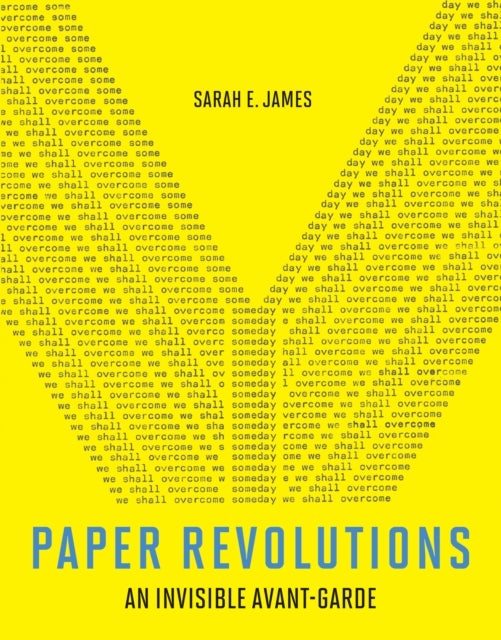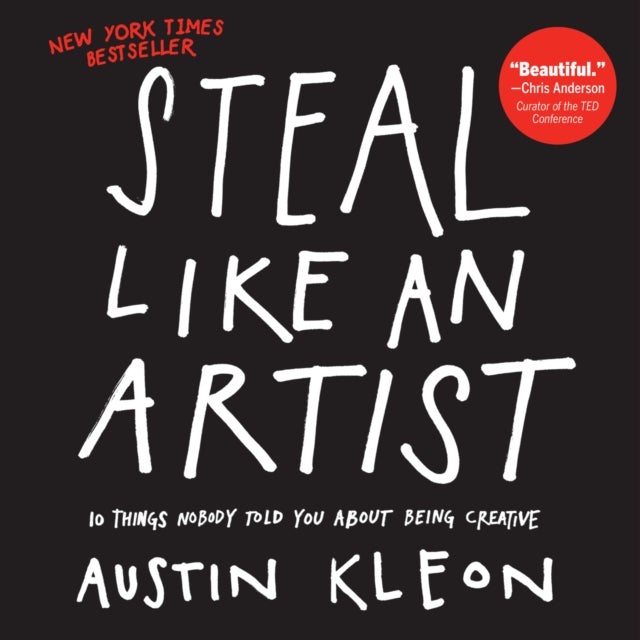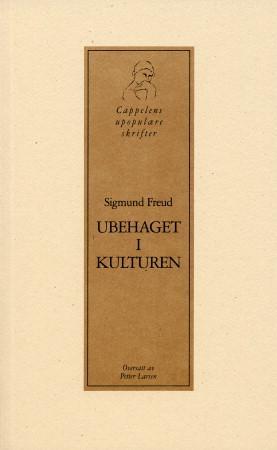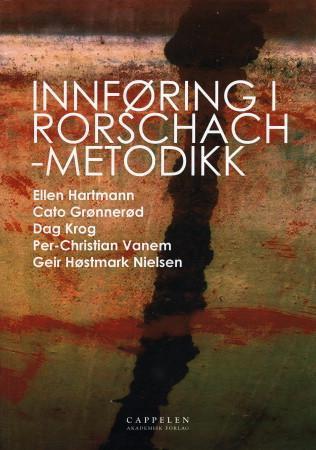
Paper Revolutions av Sarah E. James
429,-
<b>The experimental practices of a group of artists in the former East Germany upends assumptions underpinning Western art’s postwar histories.</b><br><br>In <i>Paper Revolutions</i>, Sarah James offers a radical rethinking of experimental art in the former East Germany (the GDR). Countering conventional accounts that claim artistic practices in the GDR were isolated and conservative, James introduces a new narrative of neo-avantgarde practice in the Eastern Bloc that subverts many of the assumptions underpinning Western art’s postwar histories. She grounds her argument in the practice of four artists who, uniquely positioned outside academies, museums, and the art market, as these functioned in the West, created art in the blind spots of state censorship. They championed ephemeral practices often marginalized by art history: postcards and letters, maquettes and models, portfolios and artists’ books. Through their “lived modernism,” they produced bodies of








